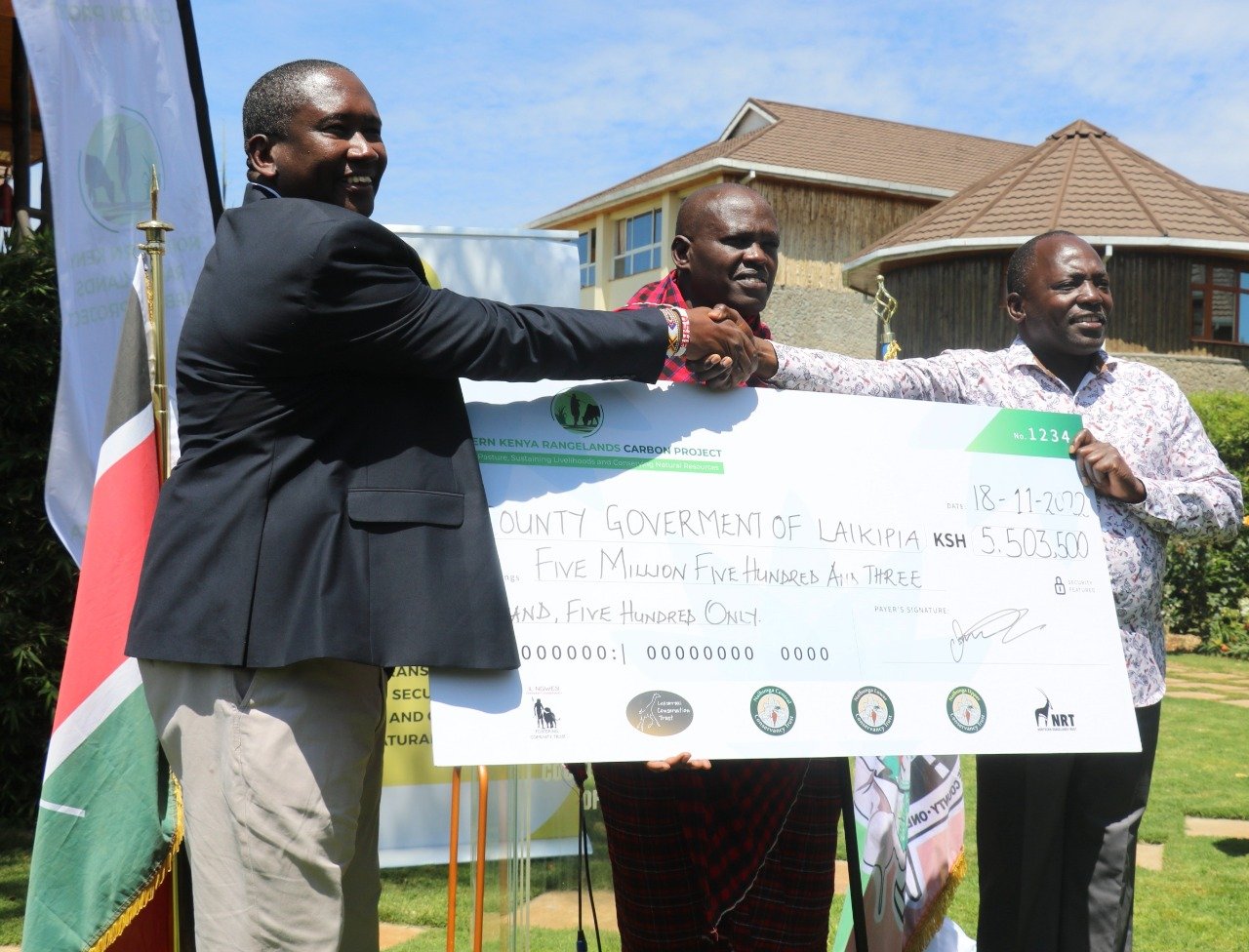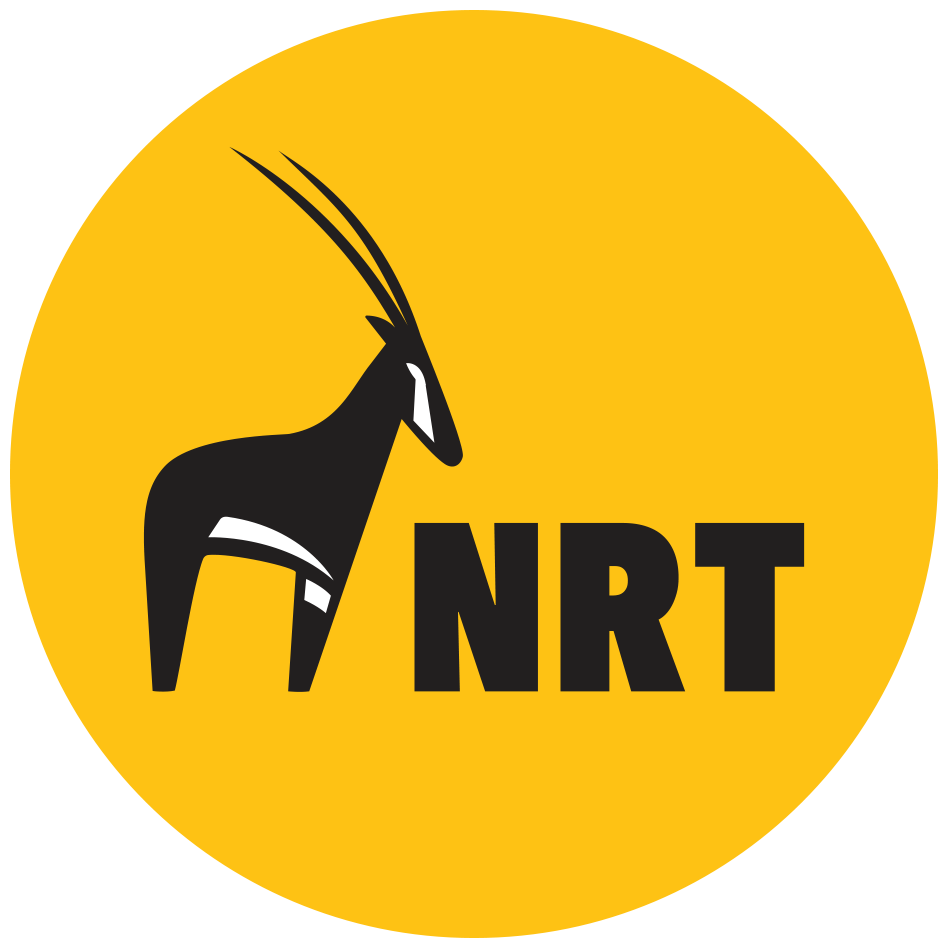The Northern Kenya Rangelands Carbon Project’s Response to Drought
A devastating drought triggered an acute level of food insecurity in many parts of the country in 2022. Northern Kenya, home to pastoralists, was particularly hard hit as the drought decimated indigenous communities’ livestock herds, robbing them of their livelihood and primary source of high-quality protein.
Severe malnutrition has been observed throughout the region, with children aged one to five most affected alongside pregnant and lactating mothers. Malnutrition has weakened their immune systems, increasing their vulnerability to disease. Many school-age children dropped out due to financial constraints, while others developed nutritional deficiency diseases.
In response to the developing humanitarian crisis and the need for immediate intervention, the Northern Kenya Rangelands Carbon Project (NKRCP) Chairpersons of the participating conservancies collectively agreed to ‘pre-release’ 2023 funding from the Carbon Community Fund allocations to conservancies that wanted to direct some of those funds to provide food relief to their communities. The CCF has to date distributed Ksh 23,393,039 (USD 198,246) designated for drought mitigation to five community conservancies: Melako, Naibunga Upper, Naibunga Central, Kalama, and Biliqo Bulesa, benefitting 14,330 households.




In 2022, the NKRCP also handed over Ksh 23,848,500 (USD 202,105) to the Isiolo, Samburu, and Laikipia County Governments, which was received by Governors H.E. Ibrahim Guyo (Isiolo), H.E. Lati Leleliit (Samburu), and H.E. Joshua Irungu (Laikipia) respectively. These funds represent a voluntary levy agreed upon by participating conservancies to support County Government engagement in the NKRCP. The conservancies within each of these counties agreed that the funds should support drought relief interventions to benefit communities county-wide.
The Northern Kenya Rangelands Carbon Project (NKRCP) is the world’s largest soil carbon removal project and proof of concept for rangelands restoration and community based development through the carbon market. It is anticipated to remove 50 million tons of CO2 over 30 years – the equivalent of the annual emissions from over 10,000,000 cars – and generate hundreds of millions of dollars for local communities.
Would you like to learn more about the project? Click here: Northern Kenya Rangelands Carbon Project.




